Rene Magritte (1898-1967)
Get a Magritte Certificate of Authenticity for your painting (COA) for your Magritte drawing.
For all your Magritte artworks you need a Certificate of Authenticity (COA) in order to sell, to insure or to donate for a tax deduction.
Getting a Magritte Certificate of Authenticity (COA) is easy. Just send us photos and dimensions and tell us what you know about the origin or history of your Magritte painting or drawing.
If you want to sell your Magritte painting or drawing use our selling services. We offer Magritte selling help, selling advice, private treaty sales and full brokerage.
We have been authenticating Magritte and issuing certificates of authenticity since 2002. We are recognized Magritte experts and Magritte certified appraisers. We issue COAs and appraisals for all Magritte artworks.
Our Magritte paintings and drawings authentications are accepted and respected worldwide.
Each COA is backed by in-depth research and analysis authentication reports.
The Magritte certificates of authenticity we issue are based on solid, reliable and fully referenced art investigations, authentication research, analytical work and forensic studies.
We are available to examine your Magritte painting or drawing anywhere in the world.
You will generally receive your certificates of authenticity and authentication report within two weeks. Some complicated cases with difficult to research Magritte paintings or drawings take longer.
Our clients include Magritte collectors, investors, tax authorities, insurance adjusters, appraisers, valuers, auctioneers, Federal agencies and many law firms.
We perform Rene Magritte art authentication, appraisal, certificates of authenticity (COA), analysis, research, scientific tests, full art authentications. We will help you sell your Rene Magritte or we will sell it for you.
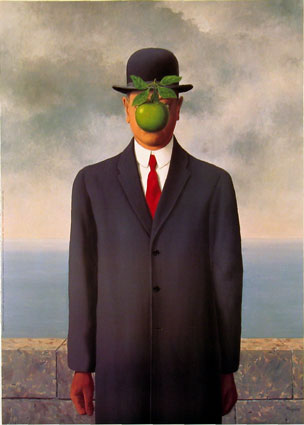
Rene Magritte was a Surrealist painter, born in Belgium as the son of a tailor. Magritte’s mother committed suicide when he was only 14 for unknown reasons. A year later, he met his future wife and model for some of his paintings, Georgette Berger. Magritte went on to receive his first artistic training at the Royal Academy of Arts in Burssels from 1916-1918. Magritte initially worked as a commercial artist and even created designs for wallpaper and posters. His early influences were Fernand Leger and his earliest works were based on Cubism and Futurism.


In 1925, Magritte became affiliated with the Dada movement, which in turn affected his painting. During this time, he became friends with Man Ray and other Dada artists and worked for the Dada magazines “Marie” and “Aesophage.” In 1926, Magritte painted his first truly Surrealist painting entitled “The Lost Jockey.”
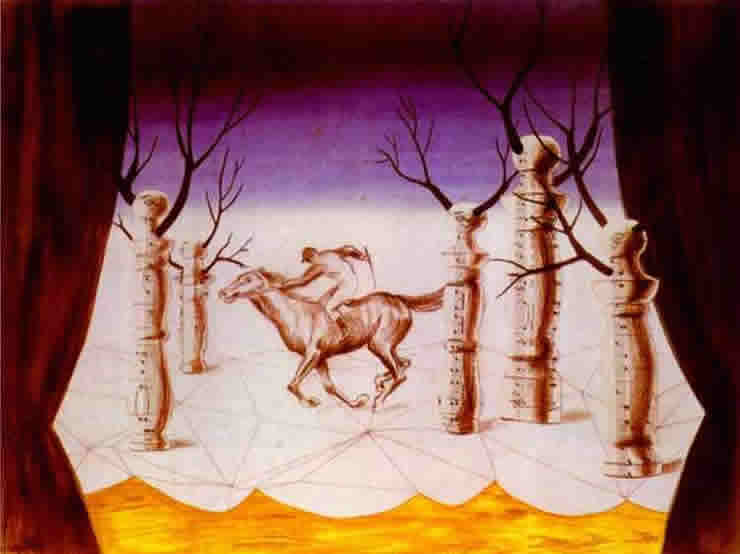
Magritte held his first one-man show in Brussels in 1927, which was not well-received.
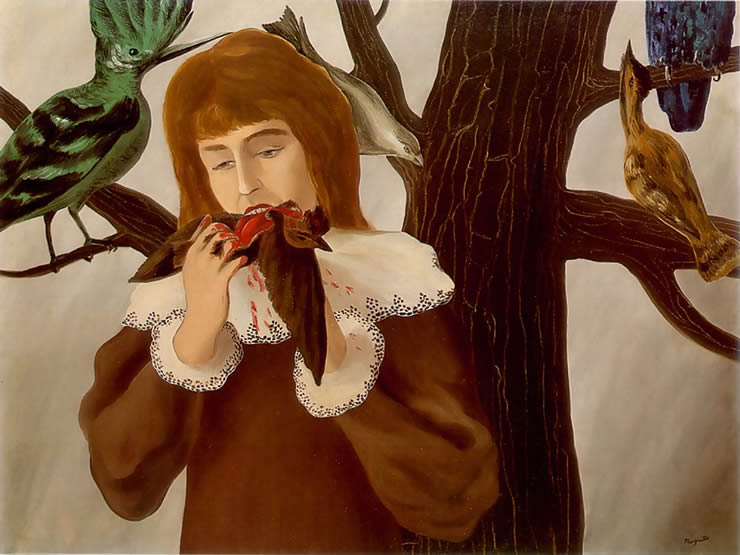
After this, Magritte left for Paris where he stayed until 1930, where he began to work more and more with the Surrealists. He became especially close to Paul Eluard and Max Ernst during these early years.

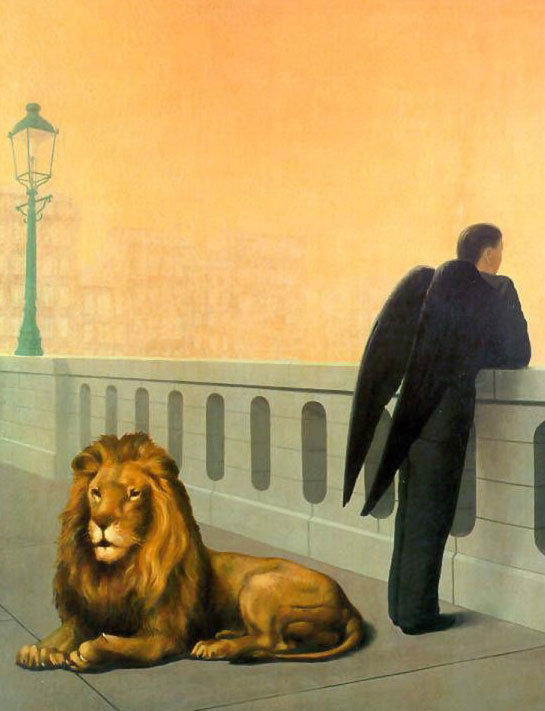
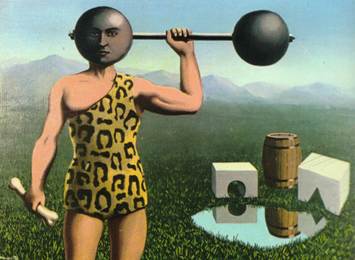
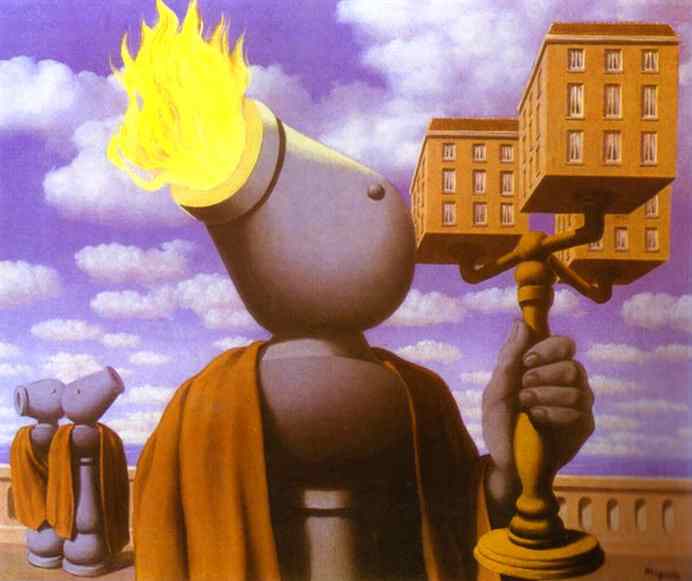
It was while he was in Paris that Magritte formed his trademark style of academically polished paintings with the Surrealist touch. Much in the same way that Dali would paint very clean and realistic portraits and images in some of his paintings, but infused with Surrealistic elements, so would Magritte. These paintings incorporated elements of the unreal, such as a man with a trunk-like nose, or a woman’s face with the female anatomy representing her features. This would be the way that Magritte would continue to paint until his death in 1967.
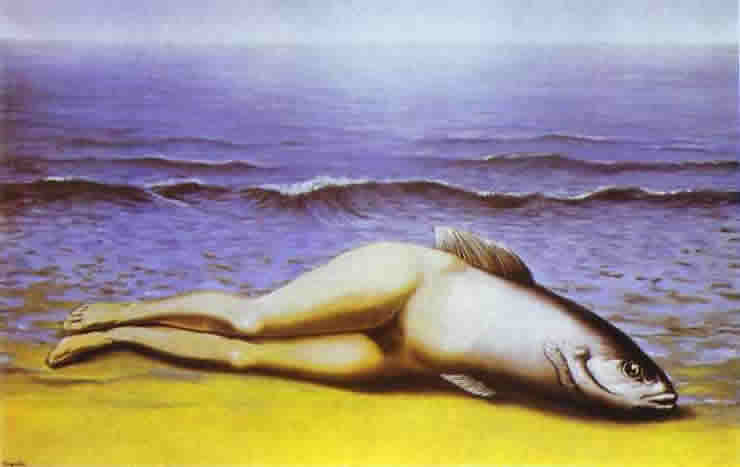
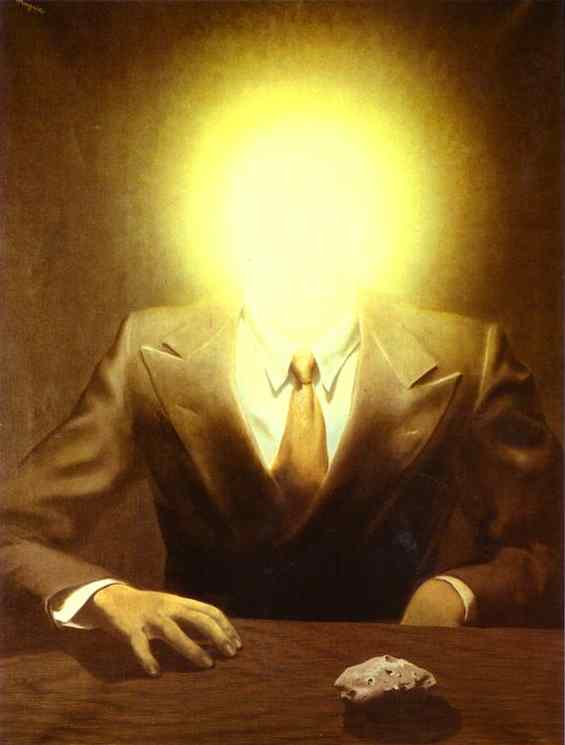
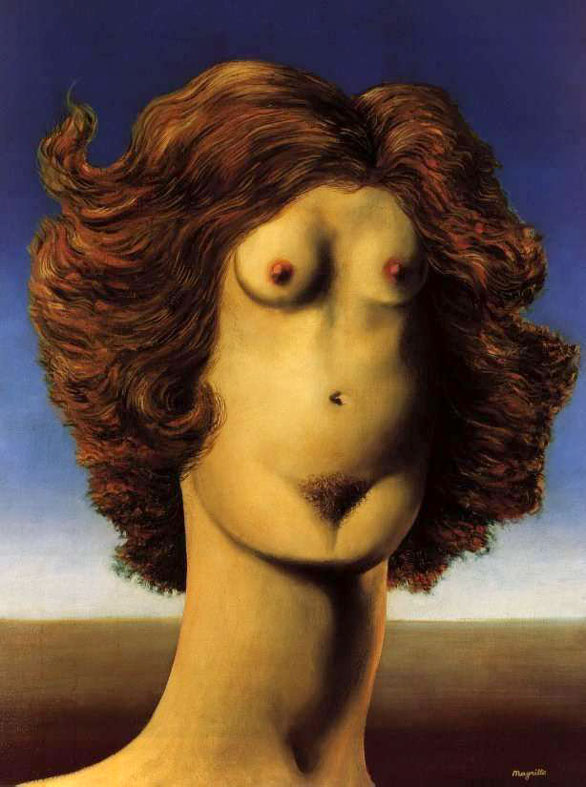
Also not unlike Dali, Magritte would often incorporate familiar elements within his compositions. Hats, umbrellas and smoking pipes were frequently part of his compositions.
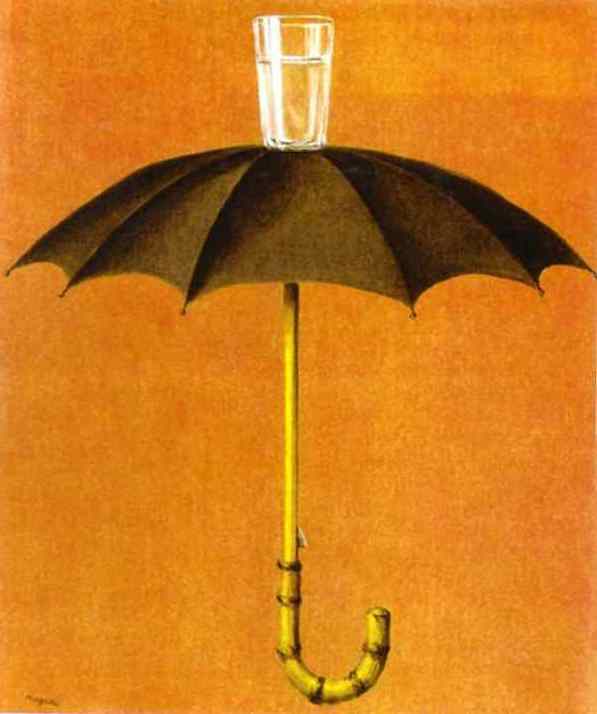
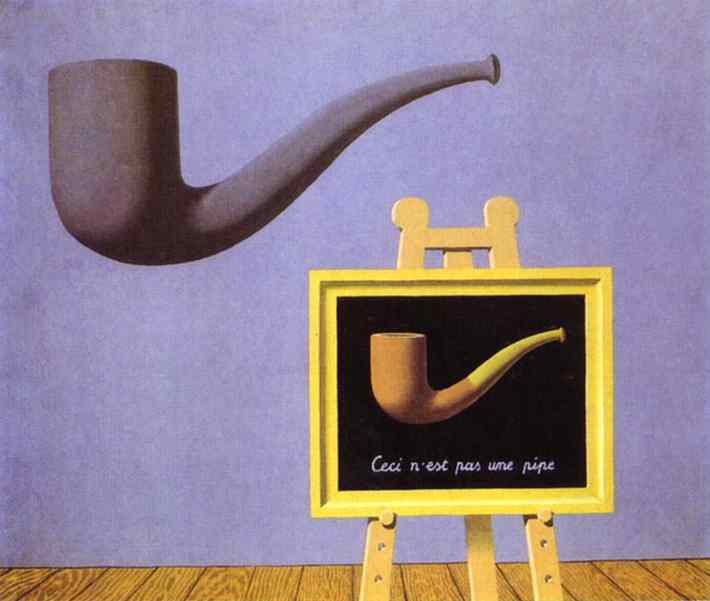
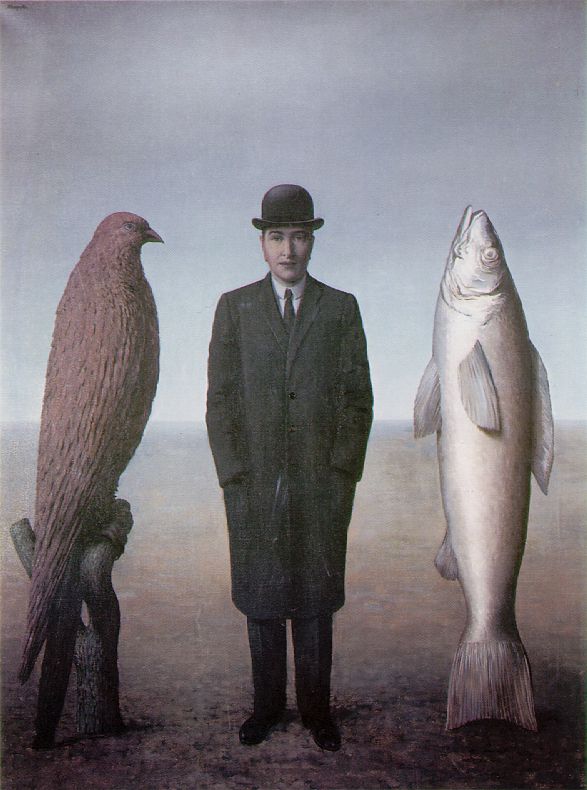
Bright blue skies with puffy white clouds, birds, and statues, such as the Venus de Milo were also recurring themes throughout his oeuvre. Each of these recurring themes can be interpreted differently, and had significant meaning to Margritte. .
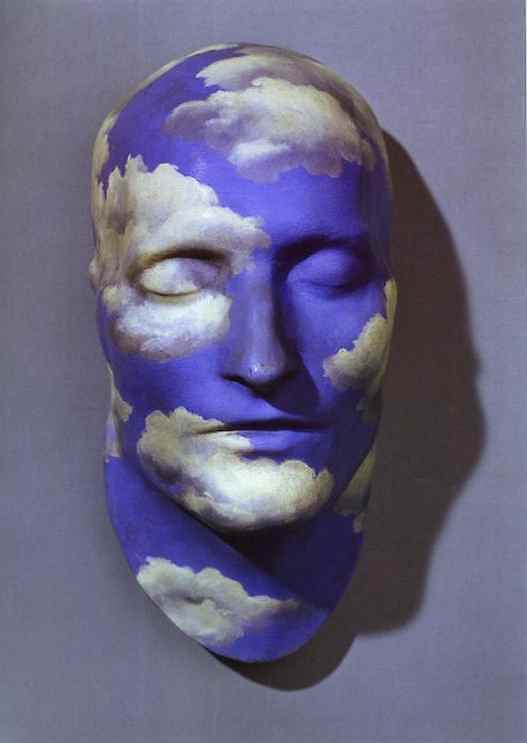
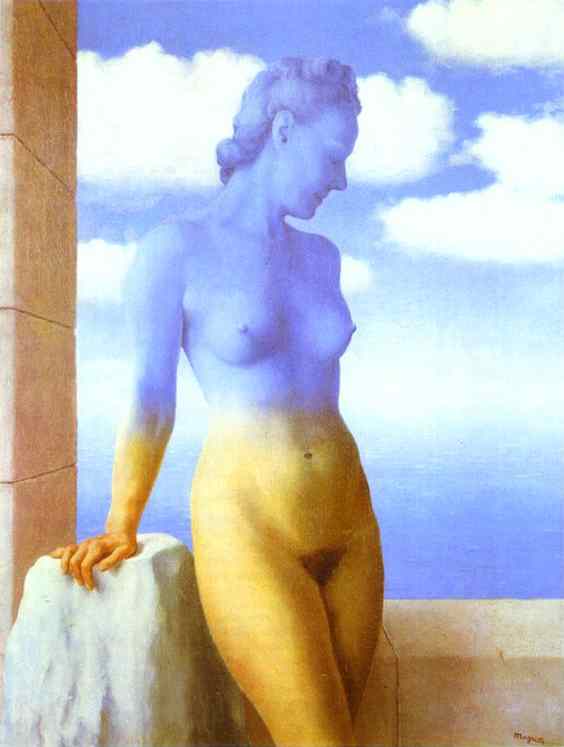
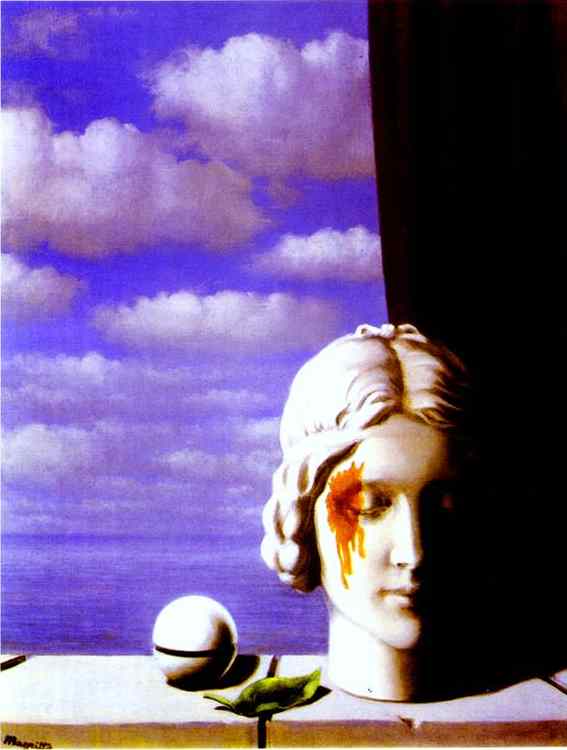
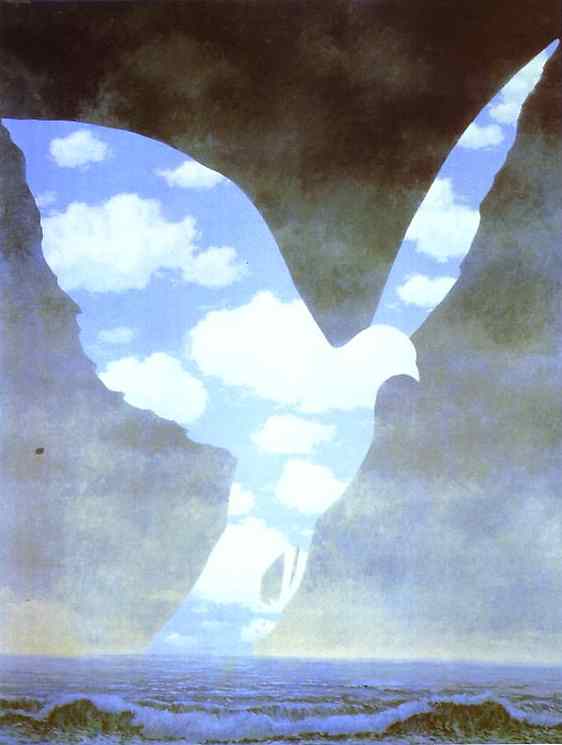
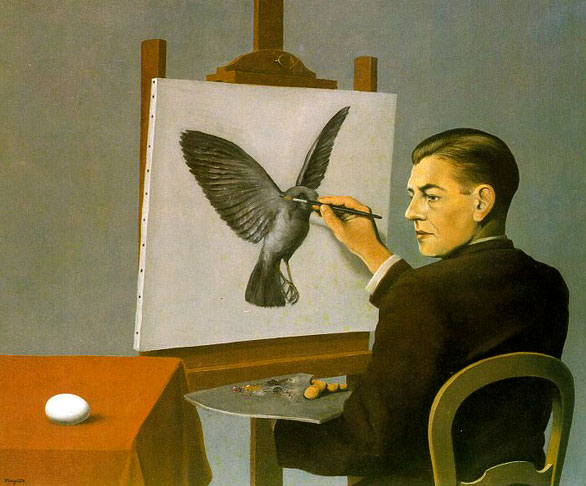
Even more curious are his “Treason of Pictures” paintings in which he makes the statement “This is not…,” which was perhaps Magritte’s way of making his viewers look past the painting of the apple or the pipe to see something different.
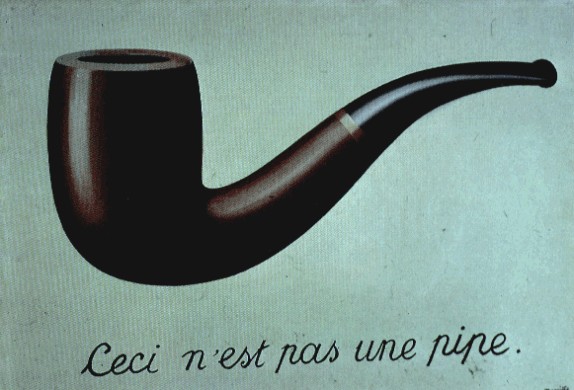
In the 1940’s, Magritte made a brief effort to change his style of painting. Following the style of Renoir, Magritte tried his hand at plein-air Impressionistic paintings from 1945-1947.
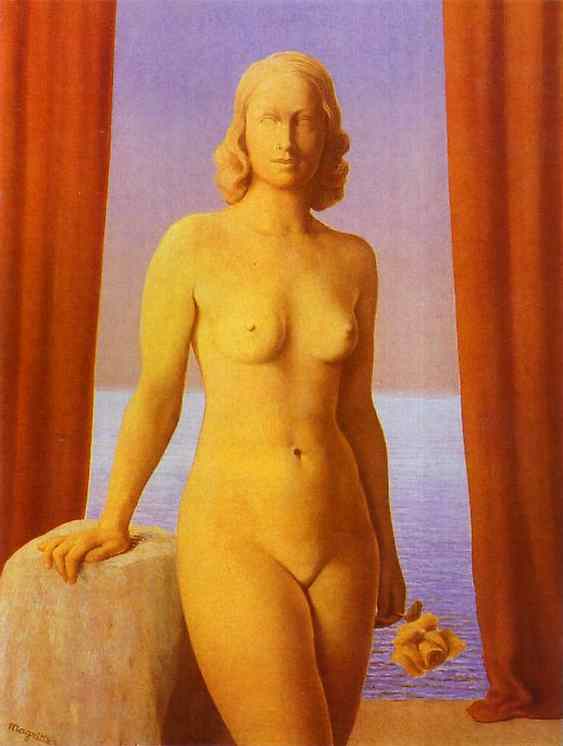
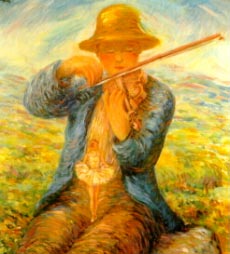
He also had another change in style from 1947-1948 which he called his “Cow Period” which also did not last. This period was a parody of Fauvism and was an attempt on his part to annoy the French art elite. During this period he created strange, crude paintings, with quick brush strokes. Magritte later showed these, creating something of a scandal, and even won a few admirers on the way. He essentially went back to his original Surrealist style.
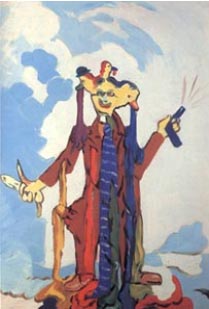
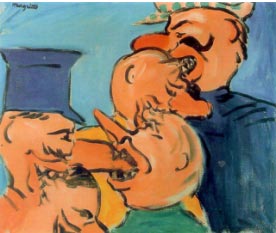
In the 1950’s, he was commissioned to create frescos for the Palais des Beaux-Arts in Charleroi, and towards the end of his career began experimenting in sculpture.
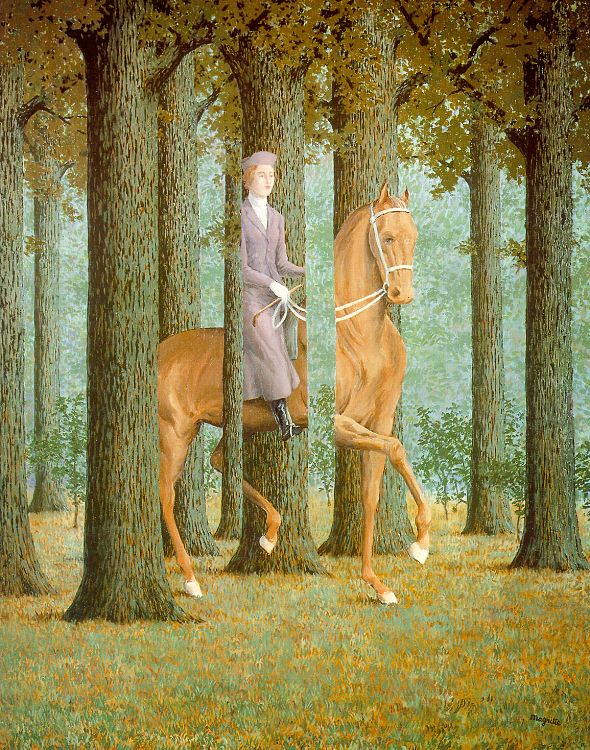
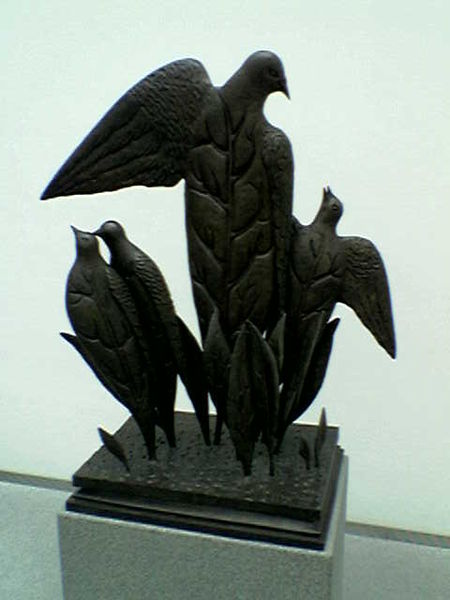
Today his work is housed in modern museums all over the world, and perhaps in your own home. His paintings were often humorous and thought provoking, and to this day many of his images are still used in popular culture. Still wondering about a Surrealist painting hanging in your home? Contact us…it may be by Rene Margritte.
